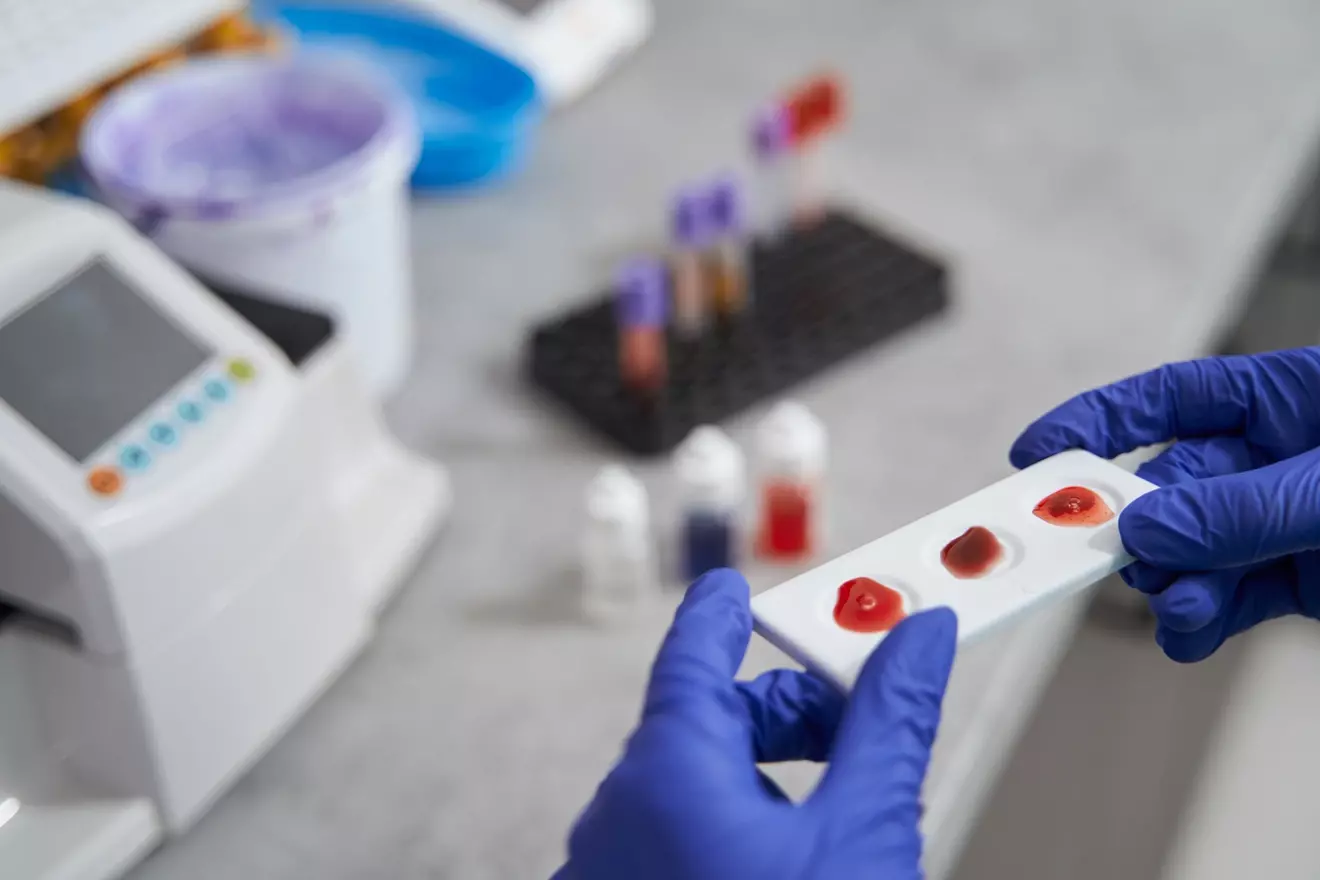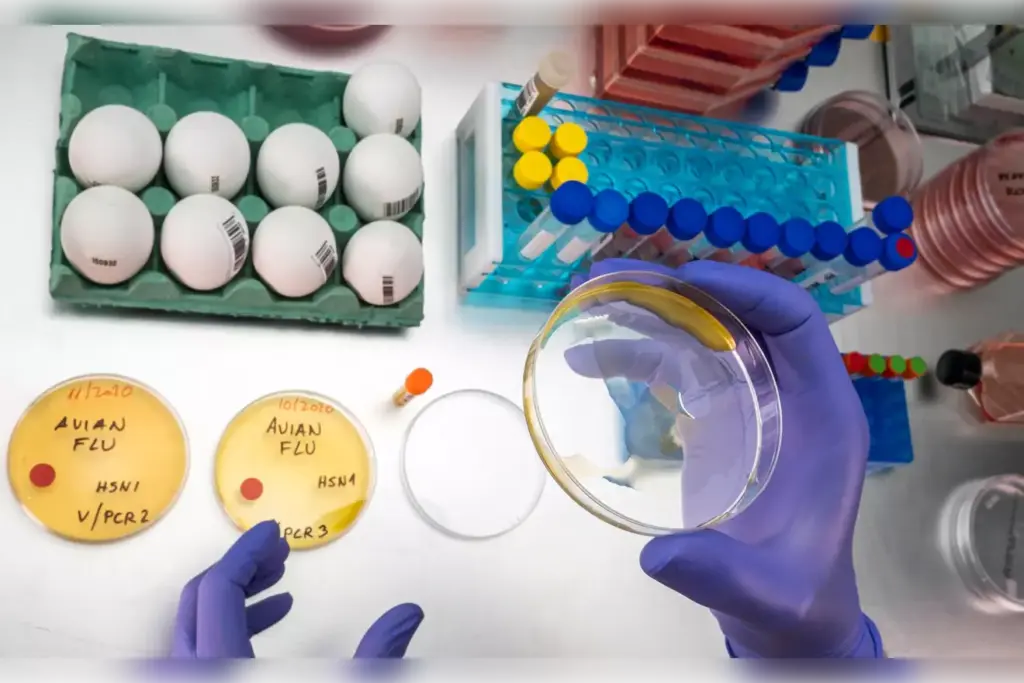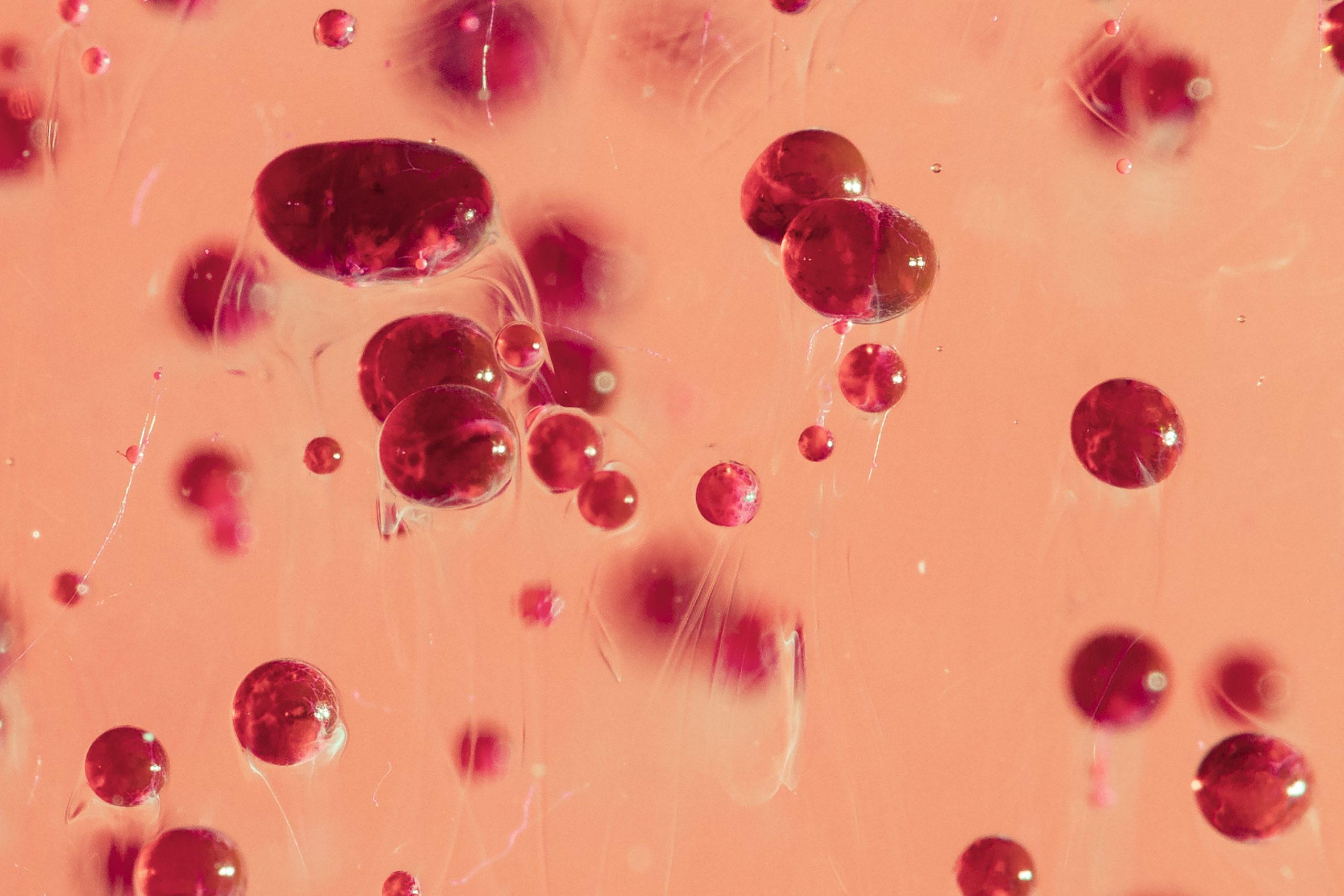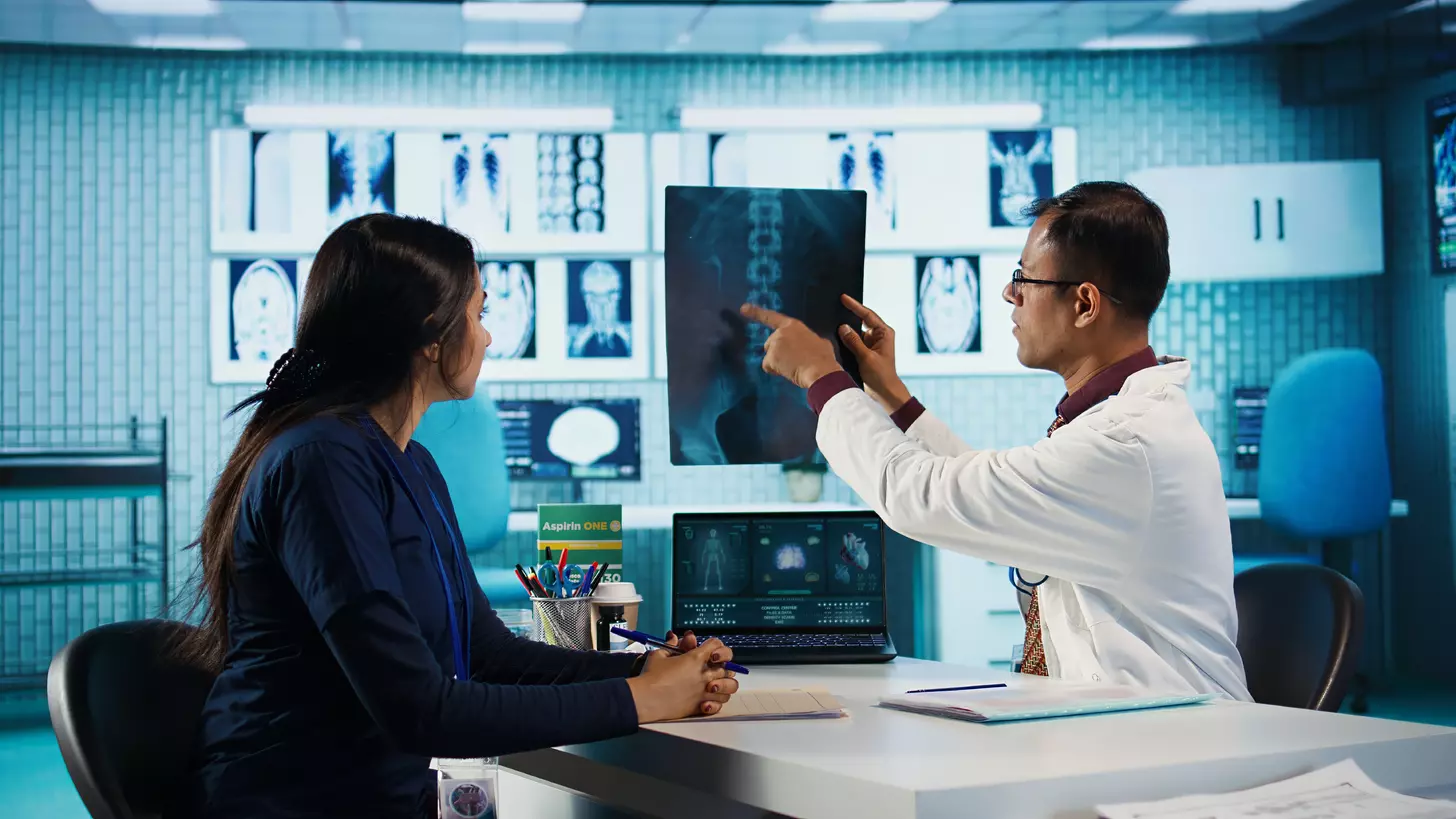Last Updated on November 26, 2025 by Bilal Hasdemir

At Liv Hospital, we stress the importance of B cells in fighting infections and diseases. B cells are a key part of the adaptive immune system.
B cells make antibodies and help the adaptive immune response. They are very important for long-term protection. B cells are made in the bone marrow and turn into plasma cells or memory B cells. Each type has a big role in defending us.
Key Takeaways
- B cells are key for making antibodies and helping the adaptive immune response.
- They are made in the bone marrow and turn into plasma cells or memory B cells.
- Understanding B cells is key to knowing how our immune system fights infections and diseases.
- B cells are very important for long-term protection.
- The change of B cells into plasma cells or memory B cells is important for their job.
The Fundamentals of B Cells in the Immune System
Learning about B cells helps us understand how our immune system fights off diseases. B cells, or B lymphocytes, are vital to our body’s defense. They play a big role in keeping us safe.
Definition and Basic Characteristics of B Lymphocytes
B cells, also known as B lymphocytes, are a type of white blood cell. They grow into cells that make antibodies. These cells can recognize and bind to specific antigens, starting their work.
The B cell lineage is key in making antibodies. These proteins help fight off harmful invaders like bacteria and viruses. This is a key part of our immune response.
Historical Discovery and Naming of B Cells
B cells were named after the bursa of Fabricius, a bird organ where they were first found. In humans and other mammals, they develop in the bone marrow. This is where they mature.
The discovery of B cells has been very important. It has helped us understand how our immune system works. This knowledge has led to new treatments for immune problems.
B Cell Development and Maturation
B lymphocytes play a key role in our immune system. They go through a complex development process. This ensures they can fight off many pathogens.
Where Are B Lymphocytes Produced: The Bone Marrow Process
B lymphocytes start in the bone marrow. This is the spongy tissue in bones like the hips and thighbones. The bone marrow makes all blood cells, including B cells.
The development of B cells in the bone marrow involves a series of tightly regulated steps. This makes sure mature B cells work right.
We’ll see how the bone marrow supports B cell growth. It uses different cells and growth factors for this.
Stages of B Cell Development
B cells go through several stages: pro-B, pre-B, immature B, and mature B cells. Each stage has important genetic and cellular changes. These changes help B cells become functional.
| Stage | Description |
|---|---|
| Pro-B | The earliest stage of B cell development, where cells begin to rearrange their immunoglobulin genes. |
| Pre-B | Cells undergo further gene rearrangement and start to express pre-B cell receptors. |
| Immature B | B cells express surface IgM and are tested for self-reactivity. |
| Mature B | Fully functional B cells that express both IgM and IgD on their surface. |
Knowing these stages helps us understand how B cells mature. They become key parts of our immune system.
The Critical Role of B Cells in Adaptive Immunity
B cells are key to the adaptive immune response. They help recognize antigens and create immune memory. We’ll see how B cells differ from innate immunity, their role in immunological memory, and their antigen recognition skills.
Distinguishing Between Innate and Adaptive Immunity
The immune system has two main parts: innate and adaptive immunity. Innate immunity offers quick defense against infections. Adaptive immunity, on the other hand, is a more detailed response that grows over time. B cells are vital to adaptive immunity.
Innate immunity is the body’s first defense, with barriers like skin and cells like macrophages and neutrophils. These cells quickly fight off pathogens. Adaptive immunity, though, involves lymphocytes (B cells and T cells) that target specific pathogens.
How B Cells Contribute to Immunological Memory
B cells are essential for immunological memory. This memory lets the immune system quickly and effectively fight off the same pathogen again. When B cells meet an antigen, they can turn into memory B cells. These cells stay in the body for a long time.
When the body meets the antigen again, memory B cells quickly spring into action. They produce lots of antibodies, boosting protection against infection. This is how vaccines work, preparing the immune system to fight specific pathogens.
B Cell Recognition of Antigens
B cells recognize antigens through their antibodies on the surface. When an antigen finds its matching antibody on a B cell, it sets off a chain of signals. This can activate the B cell.
| Mechanism | Description |
|---|---|
| B Cell Receptor | Surface-bound antibodies that recognize antigens |
| Antigen Binding | The process by which antigens bind to B cell receptors |
| Signaling Cascades | Intracellular events triggered by antigen binding that lead to B cell activation |
It’s important to understand how B cells recognize antigens and help with immunological memory. By targeting specific antigens, B cells can fight infections effectively.
B Cell Activation Mechanisms
Understanding how B cells activate is key to seeing how our immune system fights off infections. B cell activation is a complex process with different pathways. Each pathway has a unique role in the immune response.
T Cell-Dependent Activation Pathways
T cell-dependent activation is a detailed process. It involves B cells and T helper cells working together. This pathway is important for making high-affinity antibodies and for remembering past infections.
When a B cell finds an antigen, it takes it in and shows parts of it to T helper cells. T helper cells then send signals to the B cell. This helps the B cell grow, change, and become a plasma cell or memory B cell.
T cell-dependent activation leads to germinal centers. In these centers, B cells improve their antibody-making skills. This results in better antibodies.
T Cell-Independent Activation Processes
T cell-independent activation doesn’t need T cells. It happens with polysaccharide antigens or other repeating structures. This pathway quickly makes IgM antibodies, giving immediate protection.
T cell-independent activation is vital for fighting encapsulated bacteria. The bacteria’s polysaccharide capsule is a big problem.
Signaling Cascades in B Cell Activation
B cell activation starts with the B cell receptor (BCR) binding to an antigen. The BCR complex includes the surface immunoglobulin and Igα/Igβ heterodimers. These are key for sending signals.
When the BCR binds to an antigen, it changes shape. This triggers kinases and brings in adaptor proteins. This leads to the activation of many pathways.
These signaling cascades end up turning on genes. This helps the B cell to activate, grow, and change into different types of cells.
B Cell Differentiation and Specialization
When B cells get activated, they start to change. This change is key for making immune memory and antibodies. They turn into different types that help fight off infections.
Where Do B Cells Differentiate: Germinal Centers and Lymphoid Tissues
B cells mainly change in germinal centers. These are special areas in lymph nodes, the spleen, and Peyer’s patches. In these centers, B cells grow fast, change their genes, and get picked for their best antibody-making skills.
Germinal centers are vital for the immune system to get better at fighting off infections. Here’s how:
- Activated B cells meet antigens.
- They grow and change in germinal centers.
- Their genes get better at making antibodies.
- The best B cells are chosen to make antibodies.
Most Activated B Lymphocytes Differentiate Into Antibody-Producing Plasma Cells
Most B cells turn into plasma cells. These cells make lots of antibodies. Antibodies help fight off infections by neutralizing pathogens.
A leading immunologist says,
“Plasma cells are the end-stage of B cell differentiation, dedicated to the production of antibodies that are vital for immune defense.”
| Cell Type | Function | Characteristics |
|---|---|---|
| Plasma Cells | Antibody Production | Highly specialized, large amounts of antibody production |
| Memory B Cells | Immune Memory | Long-lived, rapid response to subsequent antigen exposure |
Development and Function of Memory B Cells
Some B cells also become memory B cells. These cells live a long time and help the body fight off infections quickly. They remember past infections and respond fast if they see the same pathogen again.
Memory B cells are key for a strong secondary immune response. They help the body fight off infections faster and better. Their development involves:
- Activation and growth of B cells.
- Turning into memory B cells.
- Long-term survival of memory B cells.
The development of memory B cells is a key aspect of vaccine-induced immunity. It allows for a quick and effective response to pathogens.
Antibody Production: The Primary Function of B Cells
B cells create antibodies, proteins that find and stick to specific antigens. This is key for the immune system to fight off pathogens.
Structure and Classes of Antibodies
Antibodies, or immunoglobulins, have a special shape that lets them do their job. They are made of two heavy chains and two light chains, forming a Y shape. The Y’s tips have the variable regions, which grab onto antigens.
There are five types of antibodies: IgA, IgD, IgE, IgG, and IgM. Each type does different things. For example, IgG is the most common in blood and helps fight infections for a long time. IgE is involved in allergies and fighting parasites.
Mechanisms of Antibody-Mediated Protection
Antibodies protect us in several ways. They can stop pathogens by sticking to them, preventing infection. They can also mark pathogens for destruction, making it easier for other immune cells to find and get rid of them.
Also, antibodies can start the complement system, a group of proteins that work together to kill pathogens. This can directly kill pathogens or help them get eaten by immune cells.
Understanding how antibodies work is very important. It helps us make better treatments for diseases. Knowing how antibodies protect us shows how vital B cells are to our immune system.
B Cell Histology and Morphological Identification
Identifying B cells is key for diagnosing and treating immune disorders. B cells are vital to our immune system. Their shape and function tell us a lot about how they work.
B Cell Histology in Lymphoid Organs
B cells live mainly in the spleen, lymph nodes, and Peyer’s patches. In these places, they grow and mature. We can spot B cells by their unique shapes and markers.
In lymph nodes, B cells cluster in follicles. We use special stains to see them.
“The way lymphoid tissues are organized is key for B cells to work right,” say immunologists. This setup helps B cells team up with other immune cells for a strong defense.
Morphological Changes During B Cell Activation and Differentiation
When B cells meet antigens, they change a lot. They can turn into plasma cells or memory B cells. These changes help them make antibodies.
- B cells grow more when they find an antigen.
- They turn into plasma cells or memory B cells.
- Their size and what’s inside them changes.
Laboratory Techniques for B Cell Identification
We use flow cytometry, immunohistochemistry, and molecular biology to study B cells. Flow cytometry helps us count B cell markers like CD19 and CD20.
Flow cytometry is great for looking at B cell surface antigens. Immunohistochemistry shows where B cells are in tissues. These tools help us understand and treat B cell disorders.
Studying B cell histology and morphology helps us learn about immune responses. This knowledge is important for finding new ways to diagnose and treat immune diseases.
B Cell Subsets and Their Specialized Functions
B cells come in different types, each with specialized functions. These functions add to the immune system’s complexity. Knowing about these subsets helps us understand their roles in fighting off diseases.
Follicular B Cells and Their Role
Follicular B cells are the most common B cell type. They are key in the germinal center reaction. Here, they improve their antibody-making skills through somatic hypermutation and class-switch recombination.
These cells are vital for fighting protein-based antigens. Their ability to get better at making antibodies is essential for a strong immune response.
Marginal Zone B Cells and Rapid Responses
Marginal zone B cells live in the spleen’s marginal zone and other lymphoid organs. They help fight off blood-borne pathogens quickly. This is because they can respond to antigens without T cells.
They make IgM and IgG antibodies to neutralize pathogens. This makes them important for immediate defense against infections.
B-1 Cells and Natural Antibodies
B-1 cells are unique B cells that make natural antibodies. These antibodies are always ready to fight off common pathogens. They provide quick protection.
B-1 cells are key in making IgM and IgA antibodies. These are important for protecting mucosal surfaces. They also help clear out dead cells and control inflammation.
Regulatory B Cells and Immune Suppression
Regulatory B cells have immune suppressive functions. They make anti-inflammatory cytokines like IL-10. This helps keep the immune system in check and prevents autoimmune diseases.
These cells are vital for keeping the immune system balanced. They help control T cell responses and prevent autoimmune diseases.
| B Cell Subset | Function | Characteristics |
|---|---|---|
| Follicular B Cells | T cell-dependent immune responses | Abundant, germinal center reaction |
| Marginal Zone B Cells | T cell-independent immune responses | Rapid responses, IgM and IgG production |
| B-1 Cells | Natural antibody production | IgM and IgA production, mucosal immunity |
| Regulatory B Cells | Immune suppression | Anti-inflammatory cytokines, IL-10 production |
B Cell Interactions with Other Immune Components
B cells work together with other immune cells to fight off infections. We’ll look at how they team up with T cells, antigen-presenting cells, and the innate immune system. This teamwork is key for a strong and focused immune response.
B Cell-T Cell Collaboration in Immune Responses
B cells and T cells are partners in the immune system. They work together to start and keep an immune response going. T cell help is essential for B cell activation, which is important for fighting certain infections.
In places like lymph nodes and the spleen, B cells and T cells meet. B cells show antigens to T cells. This helps B cells get activated and turn into cells that make antibodies.
Interactions with Antigen-Presenting Cells
B cells can also present antigens to T cells, just like other antigen-presenting cells (APCs) do. This is important for starting T cell responses and activating other immune cells.
Other APCs like dendritic cells and macrophages also play big roles. Working together with B cells, they boost the immune response.
Cross-talk with Innate Immune System Elements
The innate immune system is the first defense against infections. B cells team up with innate immune cells like dendritic cells and macrophages to strengthen the immune response.
For example, when innate immune receptors spot pathogens, they can activate B cells and trigger antibody production. This teamwork between the innate and adaptive immune systems is vital for a strong defense.
| Immune Component | Role in Immune Response | Interaction with B Cells |
|---|---|---|
| T Cells | Provide help for B cell activation and differentiation | Present antigens to T cells, receive T cell help |
| Antigen-Presenting Cells (APCs) | Process and present antigens to T cells | Coordinate with B cells to enhance immune response |
| Innate Immune Cells (e.g., Dendritic Cells, Macrophages) | Recognize pathogens, initiate immune response | Interact with B cells to enhance antibody production |
In conclusion, B cells work with other immune cells to create a strong immune response. Understanding these interactions is key for developing better treatments and improving immune-related care.
B Cell Dysfunction in Pathological Conditions
Dysregulation of B cell function is linked to many immune-related disorders. B cells are key to our immune system. Their dysfunction can cause various diseases. We will look at how B cell problems lead to autoimmune diseases, cancers, and immunodeficiencies.
B Cells in Autoimmune Disorders
Autoimmune disorders happen when the immune system attacks the body’s own cells. B cells can cause autoimmunity by making autoantibodies and showing self-antigens to T cells. Some autoimmune diseases where B cells play a role include:
- Rheumatoid Arthritis (RA): B cells are involved in RA by making autoantibodies like rheumatoid factor.
- Systemic Lupus Erythematosus (SLE): SLE is marked by many autoantibodies, showing the need for B cell control.
- Multiple Sclerosis (MS): B cells help in MS’s inflammation, and treatments targeting them are promising.
B Cell Malignancies and Lymphomas
B cell malignancies come from genetic changes that mess up B cell development and function. These can be slow-growing or aggressive lymphomas. Some common types are:
- Diffuse Large B-Cell Lymphoma (DLBCL): A fast-growing lymphoma needing quick treatment.
- Chronic Lymphocytic Leukemia (CLL): A cancer of mature B cells.
- Multiple Myeloma: A plasma cell cancer causing bone disease and immune problems.
It’s important to understand B cell malignancies to find good treatments.
Immunodeficiencies Affecting B Cell Function
Immunodeficiencies that hit B cell function make us more prone to infections. They can also up the risk of autoimmune diseases or cancers. Some examples are:
- Common Variable Immunodeficiency (CVID): A condition with poor antibody production due to B cell issues.
- X-linked Agammaglobulinemia: A genetic disorder with no mature B cells and severe antibody lack.
Understanding B cell biology is key to diagnosing and managing these conditions.
Recent Advances in Understanding the Role of B Cells
Breakthroughs in B cell research have changed how we see their role in our immune system. We now know more about what B cells do and how they help our body fight off diseases. This knowledge opens up new ways to treat illnesses.
Newly Discovered B Cell Functions
Recent studies have found new roles for B cells. They help our body remember past infections and can even send signals to other immune cells. B cells are more than just antibody makers; they play a big part in how our immune system responds.
Research shows B cells can also help control T cells and help our body not attack itself. This is important for treating autoimmune diseases and creating new treatments.
Technological Breakthroughs in B Cell Research
New technologies have helped us learn more about B cells. Tools like single-cell RNA sequencing let us see what different B cells do in great detail. This has been a game-changer for B cell research.
CRISPR-Cas9 gene editing has also been a big help. It lets scientists change B cell genes to study their role in diseases. These tools are speeding up B cell research and could lead to new treatments.
| Technological Breakthrough | Impact on B Cell Research |
|---|---|
| Single-cell RNA sequencing | Characterization of B cell subsets and their functions |
| CRISPR-Cas9 gene editing | Manipulation of B cell genes to understand their role in disease |
Implications for Future Therapeutic Approaches
Understanding B cells better means we can make new treatments. Targeting specific B cells could lead to better treatments for many diseases. This is exciting for the future of medicine.
“The future of B cell-targeted therapies looks promising, with several approaches being explored in clinical trials. We anticipate that these new treatments will improve patient outcomes and provide more targeted and effective therapies.”
We’re looking forward to these new treatments. We’re committed to keeping the research going to make them a reality.
Liv Hospital’s Approach to B Cell-Related Treatments and Diagnostics
At Liv Hospital, we’re all about improving immunology. We focus on B cell treatments and diagnostics. Our team works hard to give top-notch care to those with B cell disorders.
Innovative B Cell-Targeted Therapies
Liv Hospital leads in B cell therapies. These therapies aim to fix the root causes of B cell disorders. They bring new hope to patients.
Examples of our innovative therapies include:
- Monoclonal antibody treatments tailored to individual patient needs
- Immunomodulatory therapies that regulate B cell activity
- Stem cell transplantation for certain B cell malignancies
Diagnostic Protocols for B Cell Disorders
Getting the right diagnosis is key for good treatment. Liv Hospital uses top-notch diagnostic methods to spot B cell disorders.
| Diagnostic Tool | Description | Application |
|---|---|---|
| Flow Cytometry | Analyzes cell surface markers to identify B cell populations | Diagnosis of B cell lymphomas and leukemias |
| Molecular Diagnostics | Detects genetic abnormalities associated with B cell disorders | Identification of specific mutations for targeted therapy |
Case Studies and Treatment Outcomes
We’re all about excellence at Liv Hospital. We’ve helped many patients with tough B cell disorders.
A recent case study highlighted the effectiveness of our integrated approach: A patient with refractory B cell lymphoma got complete remission. This was thanks to a mix of targeted therapy and immunotherapy.
Alignment with Liv Hospital’s Mission of Healthcare Excellence
Liv Hospital’s work on B cell treatments and diagnostics is part of our mission for top healthcare. We keep investing in research and development. This ensures our patients get the latest care.
By using new therapies, advanced diagnostics, and a focus on patients, Liv Hospital is raising the bar in B cell disorder treatment.
Conclusion: The Essential Role of B Cells in Immune Protection
B cells are key to our immune system’s defense. This article has covered how they develop, activate, and differentiate. We’ve also seen their important role in adaptive immunity and making antibodies.
B cells do many things to protect us. They find and fight pathogens, making antibodies to neutralize them. They also help our immune system remember past threats, making it quicker to fight them again.
At Liv Hospital, we know how vital B cells are. We offer top-notch healthcare for B cell-related issues. By understanding B cells, we can improve treatments and help patients better.
To sum up, B cells are vital for our immune system. Problems with B cells can cause many diseases. We aim to deepen our knowledge of the immune system. This will help us find new treatments and improve patient care.
What is the primary function of B cells in the immune system?
B cells mainly make antibodies. These antibodies help fight off harmful pathogens.
Where are B lymphocytes produced?
B lymphocytes start in the bone marrow. There, they grow and get ready to fight off infections.
What is the role of B cells in adaptive immunity?
B cells are key in adaptive immunity. They help remember past infections and fight new ones.
How do B cells differentiate into antibody-producing cells?
Activated B cells turn into plasma cells. These cells make lots of antibodies to fight infections.
What is the significance of germinal centers in B cell differentiation?
Germinal centers are vital for B cell growth. They help B cells make better antibodies by changing their genes.
What are the different subsets of B cells and their functions?
There are many B cell types, like follicular and marginal zone B cells. Each type has its own job, like making antibodies or helping the immune system.
How do B cells interact with other immune components?
B cells work with T cells and other immune parts. This teamwork helps the body fight off infections better.
What are the consequences of B cell dysfunction?
If B cells don’t work right, it can lead to diseases. This includes autoimmune issues, cancer, and weakened immune systems.
How does Liv Hospital approach B cell-related treatments and diagnostics?
Liv Hospital uses new ways to target B cells. They also have special tests and treatments for each patient, aiming for the best care.
What is the importance of understanding B cell biology?
Knowing about B cells helps us understand how our immune system works. It also helps us find better treatments for immune problems.
References
- ImmunoPædia. B-cell activation and plasma cell differentiation. Available from: https://www.immunopaedia.org.za/immunology/basics/6-b-cell-activation-and-plasma-cell-differentiation/
- Technology Networks. B cells, memory B cells and plasma cells: B cell activation, development and the B cell receptor. Available from: https://www.technologynetworks.com/immunology/articles/b-cells-memory-b-cells-and-plasma-cells-b-cell-activation-development-and-the-b-cell-receptor-384316
- Holstein, B. B Cell Lecture (PDF). Roswell Park. Available from: https://www.roswellpark.org/sites/default/files/holstein_b_cell_lecture_11-13-14.pdf
- NCBI Bookshelf. Introduction to T and B lymphocytes (NBK459471). Available from: https://www.ncbi.nlm.nih.gov/books/NBK459471/
- Osmosis. B-cell activation and differentiation. Available from: https://www.osmosis.org/learn/B-cell_activation_and_differentiation








